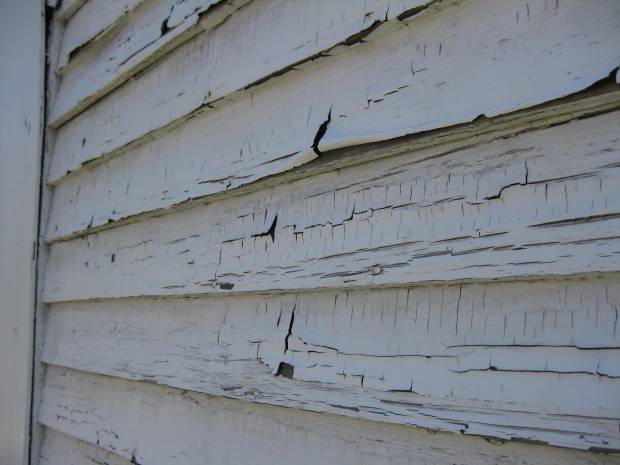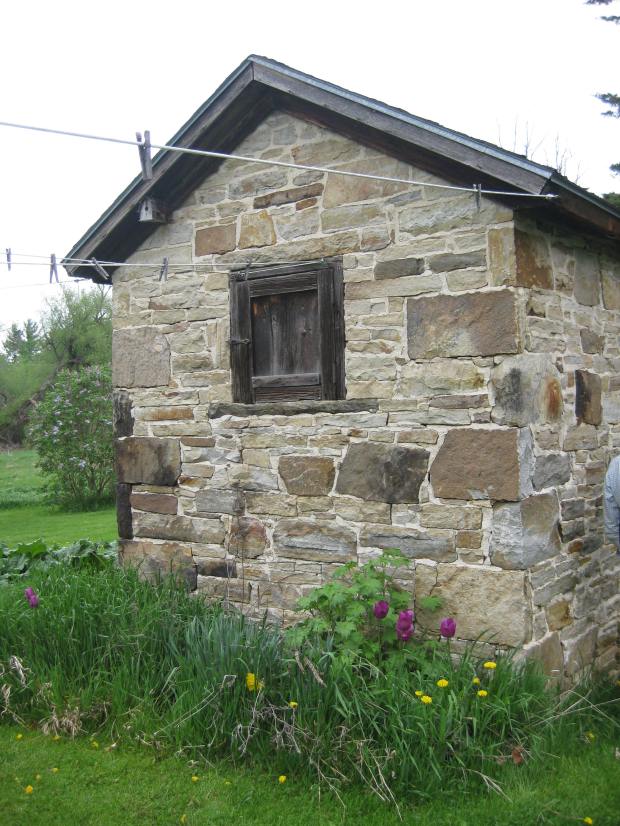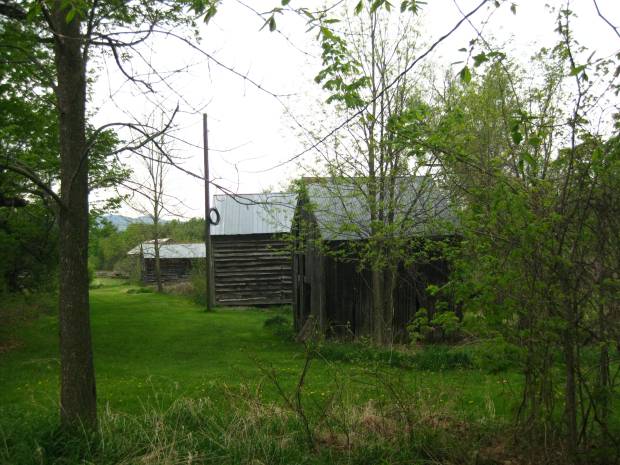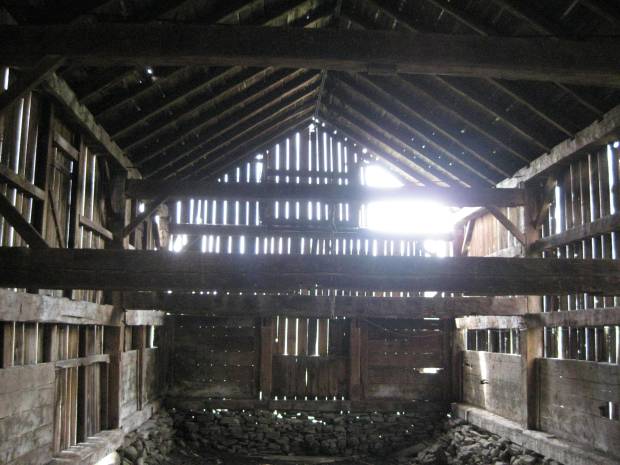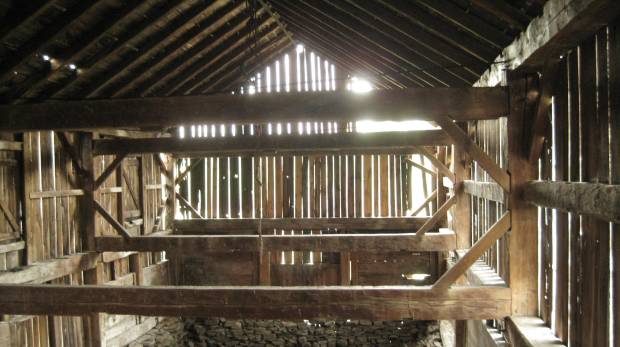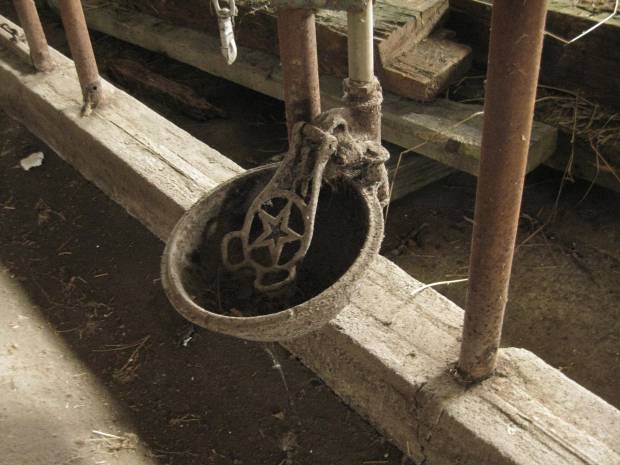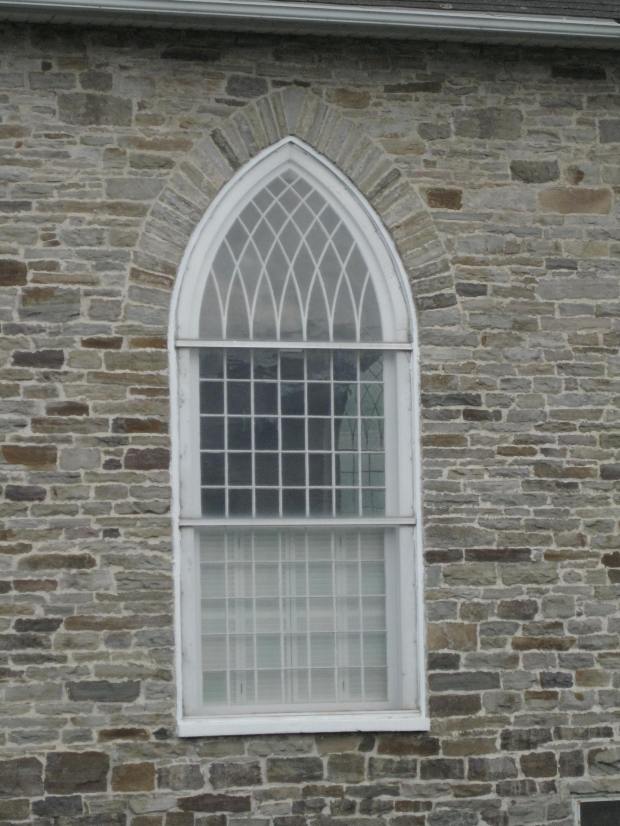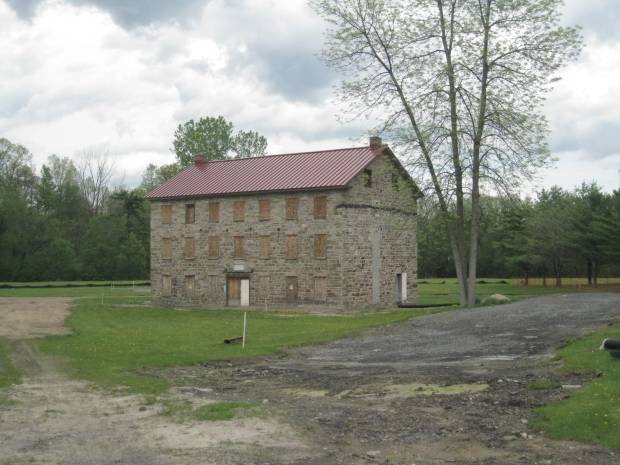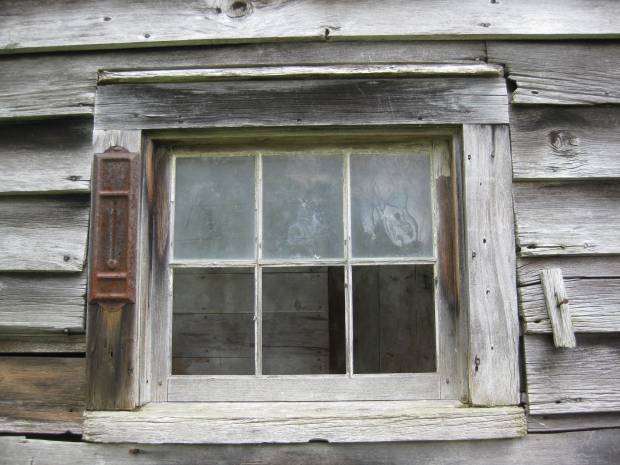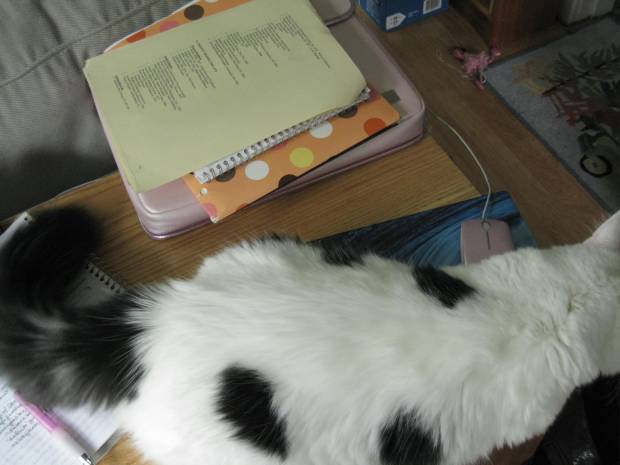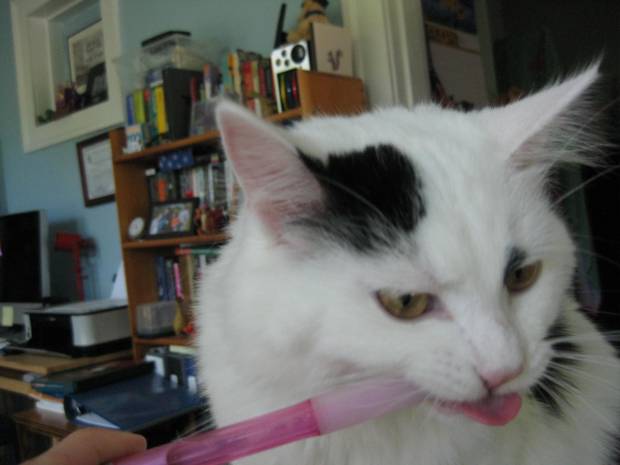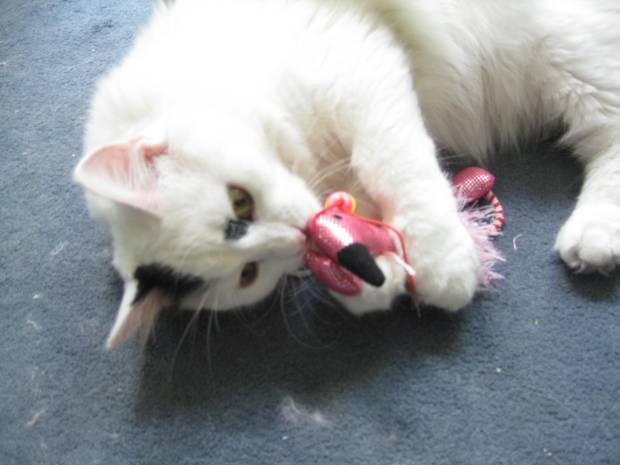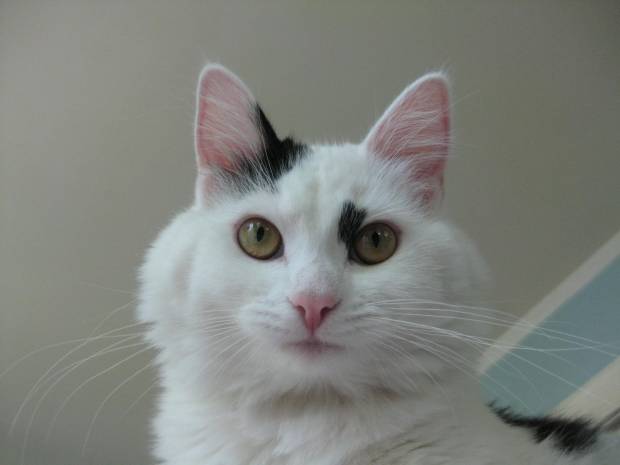Good luck to everyone starting school today (or to those who have already started), students, professors, and everyone else. Study hard, learn, pay attention, and enjoy your work. Remember, you get out of your work what you put in!
Category: grad school
Grad School Semester Two
Well, semester two ended about three-and-one-half months ago, and I’ve yet to write about it. Was I that tired from the semester? Perhaps. Indulging in summer vacation and the freedom from homework and paper writing? Probably. Anyway, seeing as semester three begins in one week, I thought it would be a good time to reflect on the previous one.
My classes included Preservation Law, Architectural Conservation I, History on the Land, and Historic Preservation Practice Methods. The semester proved to be challenging and extremely worthwhile. Whereas semester one was more of a review in terms of material and theory, semester two built on that work and delved into new lessons.
While I was familiar with preservation law, I had never studied Section 106 and Section 4(f) in-depth. The verdict? Thank goodness for preservation laws. We don’t necessarily think about these laws everyday, but these laws, however flawed, are the reason that we are able to do much of what we do in preservation. Preservation law was hard, but in an exhilarating manner.
Weekly lab studies and reports in Architectural Conservation addressed the problems of building materials and finishes (wood, concrete, paint, brick, plaster). The biggest lesson: moisture is the cause of all problems in buildings. I’m kidding; sort of. (It’s actually moisture in the wrong places.)
History on the Land was my favorite class of all time, and one that I would recommend to anyone. Through readings and interesting class lectures, we discussed the built environment by way of parks, trails, town planning, buildings, streetcars, railroad corridors, canals, roads, neighborhoods, factories, bicycles, automobiles, and the development of roadside America. It was simply amazing and challenging in the way we took tests, wrote papers, and used information and resources. I enjoyed spending hours in the periodicals section of the library and analyzing patents for playground equipment.
Lastly, Preservation Practice Methods taught us how to write a National Register Nomination and a Rehabilitation Investment Tax Credit application, both of which have their own hurdles, but are essential skills for professional preservationists. Photography, building descriptions, creative solutions, and teamwork were important aspects of these projects.
All in all, the semester couldn’t have been more exhausting, but it was fulfilling and made me a stronger preservationist. And of course, it was fun to end with a field trip and a paint party!
Field Trip to Keeseville, NY
The end of classes brought deadlines, finals, and a field trip for my preservation classmates and me. We piled into a UVM van with snacks, lunch, and rain jackets (most of us) + 2 cars and we were off to catch the Grand Isle ferry over to Plattsburgh, NY.

Our first stop was the new home, and old mill complex, of the organization Adirondack Architectural Heritage. We had lunch overlooking the Ausable River.
Next we were on our way to do some survey practice, as part of our Practice Methods class, but before that we stopped at the Keese Homestead to take a look at the amazing collection of barns and outbuildings. (If you will recall, our class is particularly interested in barns, thanks to our Vermont Barn Census projects.) And for most of us, this turned out to be the best part of the day. The collection of buildings is astounding, especially the cow barn. The Keese Homestead is privately owned, but the owner (a friend of AARCH) was kind enough to give us a tour and allow us to take pictures. He and his wife have done their best to keep up the buildings and to understand their history.Without sharing the 50 0r so pictures I took that day, here are few (well, less than 50 anyway):
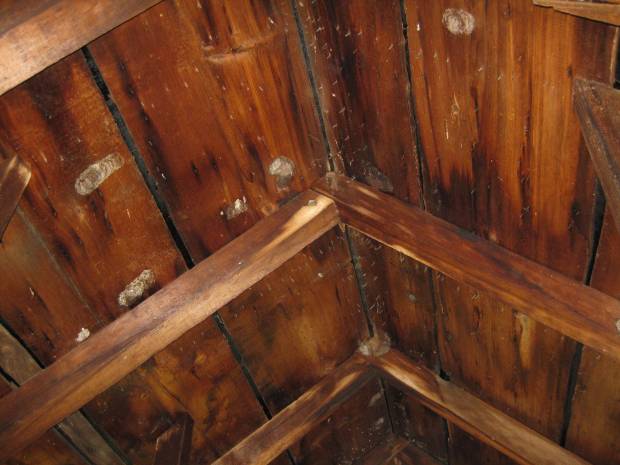
The ceiling of the granary: those planks are about two feet in width, talk about firs growth timber!
The best barn on the property was an unsuspecting (large) cow barn. I don’t think these pictures will do it justice, but see if you can note the massive timbers. It was just such an incredible space. We spent the most time in here.
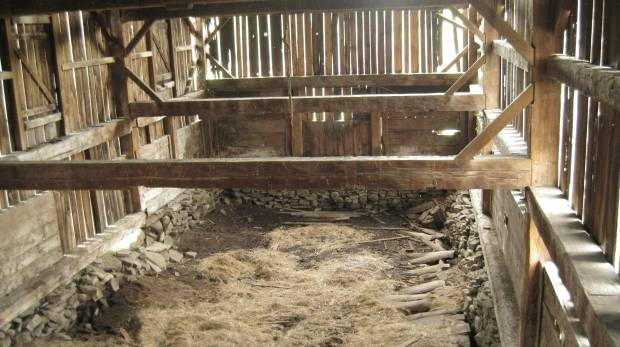
From the hayloft. A few of us climbed up the handmade ladder -- hand hewn, rounded pegs/steps through a middle post.
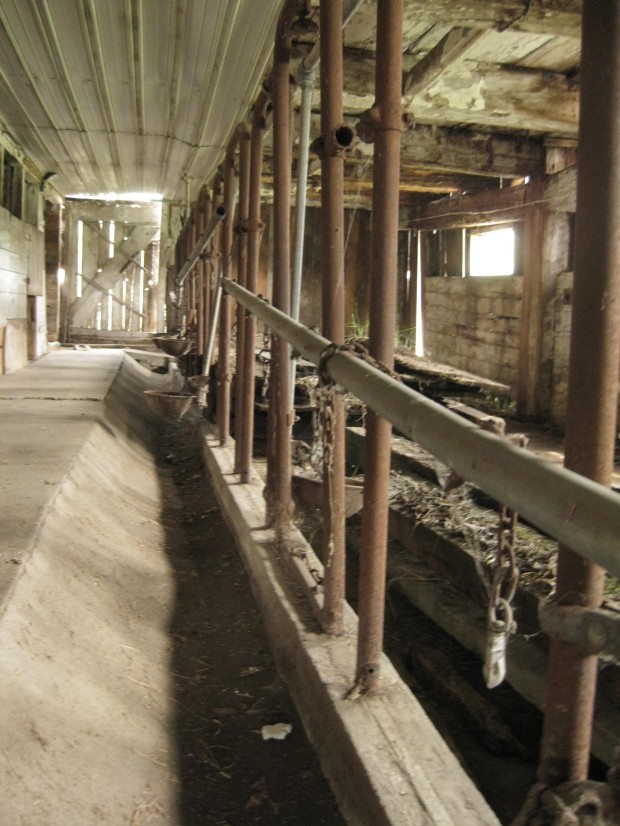
On the other side of the barn, the cow stalls and troughs. Note the cemter floor, indicative of an improvement in technology and sanitation.
And after the barns we headed over to Peru, NY to practice our survey skills. I did not take nearly as many pictures, however. Here are my two favorites:
We were back in Burlington by mid evening, just in time for a final review. A wonderful field trip day. For the record, Bob McCullough brings the best lunches and snacks.
Preservation Photos #31
The Kitten Who Took Over My Desk
Semester two: finished! I’ll get to a semester review another time, but first I thought I’d step away from the academic thoughts and bring Izzy back to the blog. See her other appearances here and here. While I feel like I have spent most of my days in the recent past studying or writing papers while sitting at my desk, Izzy has spent most of her days around me, invading my space. So here is a photo tour of Izzy’s life lately, which is probably more interesting than me just sitting at my desk. (Warning, if you’re not a cat person, this post might be cat overload. You see, when I’m stuck at my desk studying and writing, there is little to distract me except the cat… and the camera is always nearby.)
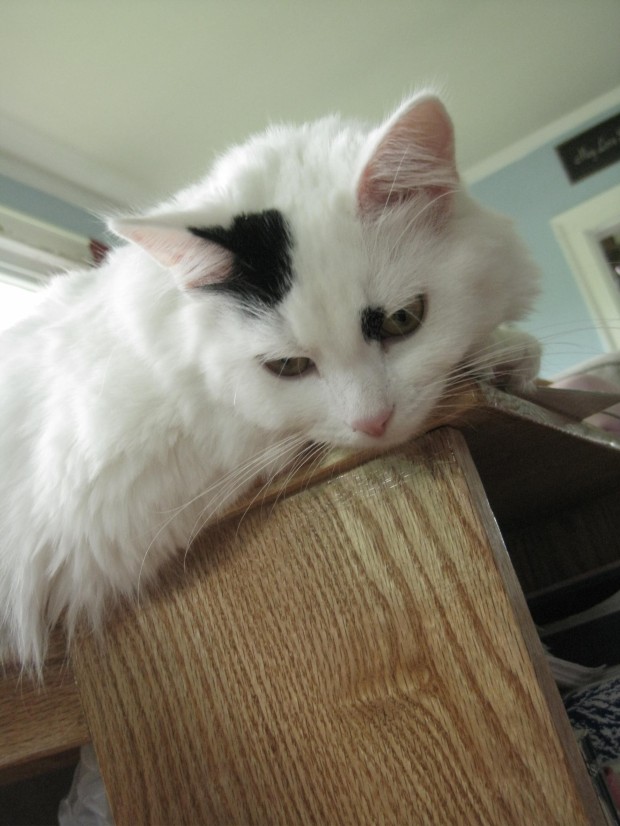
Izzy realizes I'm not leaving my desk and sighs. She's also waiting for Lucas to stroll by so she can have an a good position for attack.

Izzy got a new flamingo, because Vinny loves her too. She destroyed the old one and tore off the string so we couldn't swing it for her anymore. She has some awesome acrobatic jumps. That's Lucas' paw in the bottom left corner; he appreciated the new cat toy, too.
Preservation Photos #30
Summer 2010 Internships
One of the most common pieces of advice I’ve heard lately for internships is to record your daily activities, to document as you go. Otherwise, you will forget. Like those road trip pictures from three years ago you were going to label and never did — where was that particular “middle of nowhere” shot? — well, sort of like that, but you know what I mean. Most of all, it’s practical. Whether you have an internship report requirement or whether you want to make sure you can identify your new skills, records are important.
Of course, a fun way to document highlights of your internship is through a blog. Share with classmates, friends, family, and fellow preservationists what your day-t0-day internship is like. If you have an internship blog, let me know so PiP readers can read about it. Or consider guest posting your experiences like Lauren McMillan’s summer 2009 archaeology field school posts or Nicholas Bogosian’s monthly preservation trades posts. Either way, I’m sure a lot of people would love to hear about it. Think about it, ask me about it, let me know.
Readers, if you have a preservation blog that isn’t linked here, comment below — share the wealth of blogs and spread the word. The more people who read about preservation and learn what others are doing, the better!
Preservation Photos #28
Society for Industrial Archeology 2010
Preservation friends: will anyone be attending the Society for Industrial Archeology 2010 conference in Colorado Springs this June? I will be there talking about the Lake Champlain Bridge, so if you’re thinking about going, let me know! We can do lunch or coffee or any of the spectacular tours. The conference theme is Industry on the Frontier so some of the tours include Pike’s Peak, gold mining towns, steel mills, and the royal gorge. (I’m psyched — I’ve never been to Colorado.) I hope to see some of you there. Thanks!
Research Resource: archive.org
One of the best things about graduate school is discovering the wealth of research resources available, whether for a project or just your own curiosity. While I love JSTOR and typical databases such as that, sometimes I need more than articles. One of my recent favorites is Internet Archive (archive.org). From the “about” page:
The Internet Archive is a 501(c)(3) non-profit that was founded to build an Internet library. Its purposes include offering permanent access for researchers, historians, scholars, people with disabilities, and the general public to historical collections that exist in digital format. Founded in 1996 and located in San Francisco, the Archive has been receiving data donations from Alexa Internet and others. In late 1999, the organization started to grow to include more well-rounded collections. Now the Internet Archive includes texts, audio, moving images, and software as well as archived web pages in our collections, and is working to provide specialized services relating to training, education, or adaptive reading or information access needs of blind or other persons with disabilities.’ Click here to read more about an internet archive.
My use for Internet Archive so far has been reading periodicals for research. Many historic periodicals are only available at a handful of libraries across the country, and they may be too fragile for copying or sending for inter-library loan, but a digital version allows access to anyone who needs it. Best of all, you can read these digital copies page by page in a book layout, almost like having the volume in front of you (sort of like an ebook, I would imagine). While flipping digital pages is not nearly as fun as flipping actual pages, it’s still a wonderful resource for those hard to obtain volumes. When searching choose among texts, moving images, software, web, audio, and more. For example, search for “American City” in text – American literature and you can instantly read fascinating issues of the magazine. Maybe you’ll get lucky and find what you need! (By the way, Internet Archive is also home of the Wayback Machine if you’re looking for an old website.)
Now another topic for discussion: what do you think of digital libraries? Perhaps we’ll save that for later this week. Think about it! Otherwise, what’s your favorite internet resource?
